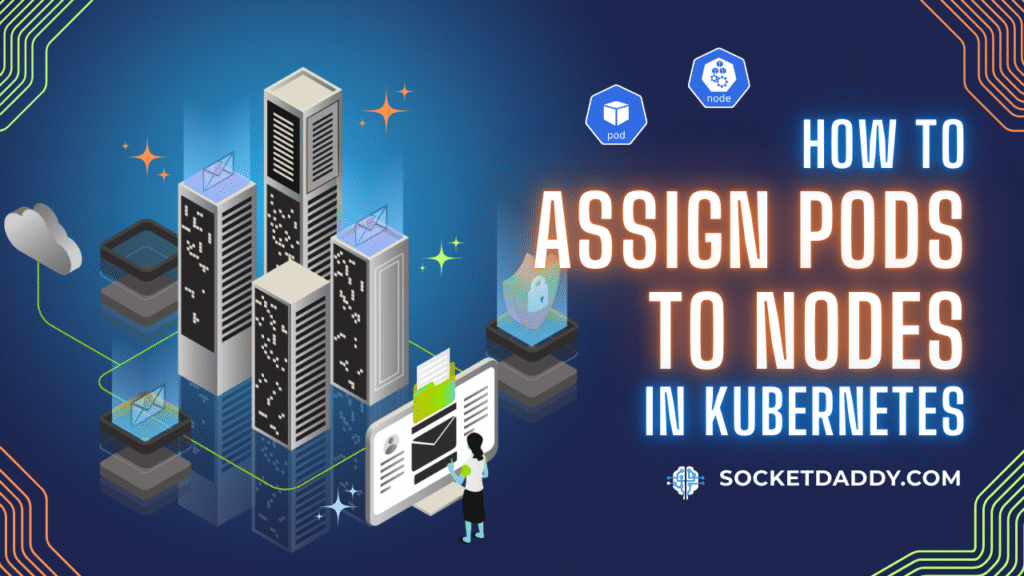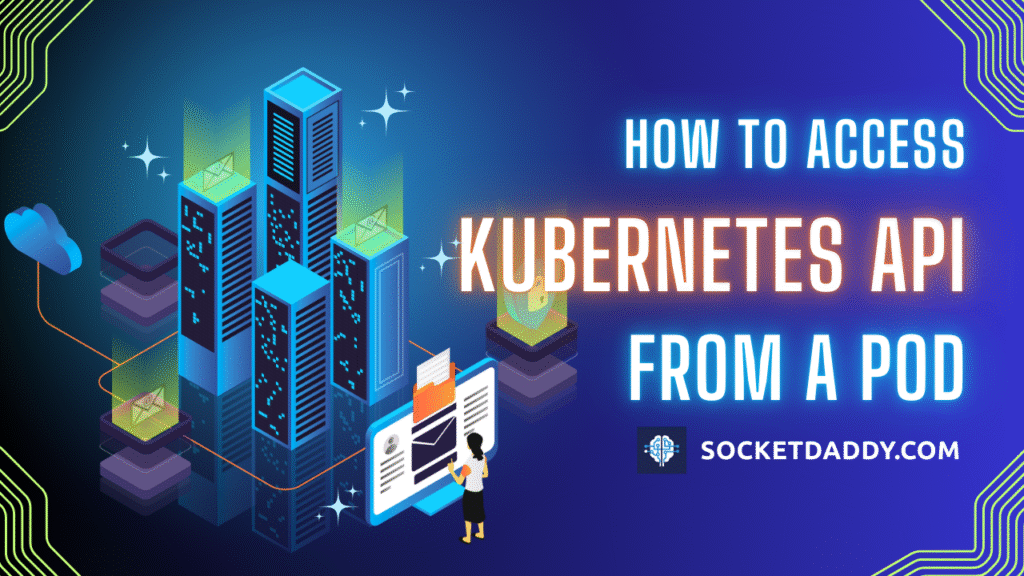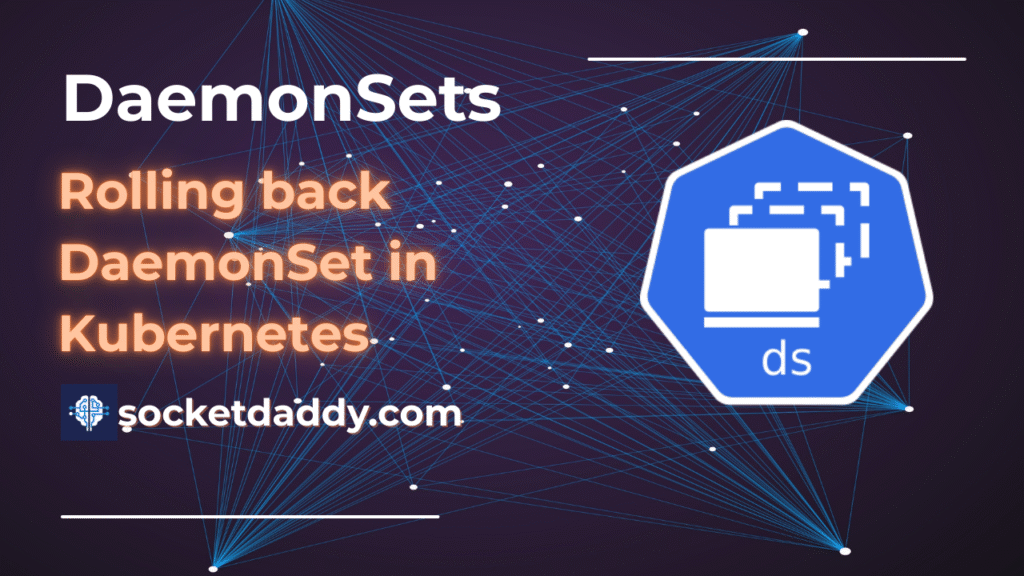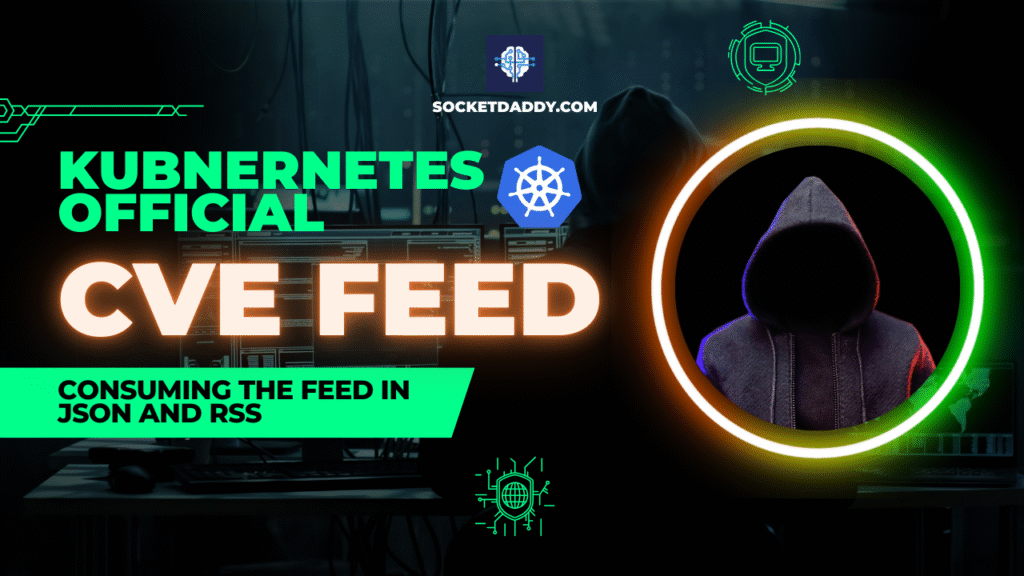
Monitoring Kafka Partitions
Monitor Kafka partitions, critical metrics to track, and tools and best practices to ensure the smooth operation of your Kafka cluster.

Substrings in Bash: A Comprehensive Guide
Extract and manipulate substrings in Bash with examples. Bash is a powerful shell scripting language used across Linux and Unix systems.

Changing the Default Bash Prompt in Linux
In Linux, the default Bash prompt is defined by the PS1 environment variable. Change the default Bash prompt in Linux using the PS1 variable.

lslogins Command Overview
The lslogins command provides detailed information about user accounts on a Linux system. It displays data about users, including last login times, account statuses, and group memberships.

Namespace Scope in Kubernetes
Kubernetes uses namespaces to isolate resources. They partition the cluster for teams, environments or apps. You can attach quotas, security policies and network controls per namespace. This article explains Namespace API v1 at a glance.

Assigning Pods to Nodes in Kubernetes
Learn how to schedule Kubernetes pods to specific nodes using nodeName, nodeSelector, node affinity, taints, tolerations, with storage integration, CSI, quotas, and security contexts.

Access Kubernetes API from a Pod
Learn how to configure a pod with service account tokens, RBAC, and environment variables to call the Kubernetes API server securely.

Kubernetes: Perform a Rollback on a DaemonSet
Rolling back a DaemonSet returns your cluster to a known good state when an update fails. You can revert to a prior revision without downtime. This guide shows step-by-step commands, YAML samples, verification and troubleshooting to restore your DaemonSet in production.

Kubernetes Official CVE Feed – Consume and Process
This article explains how to consume the Official CVE Feed from Kubernetes. Learn to fetch JSON and RSS feeds, parse entries, integrate with event pipelines, and automate alerts for new security issues.
